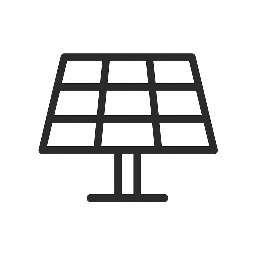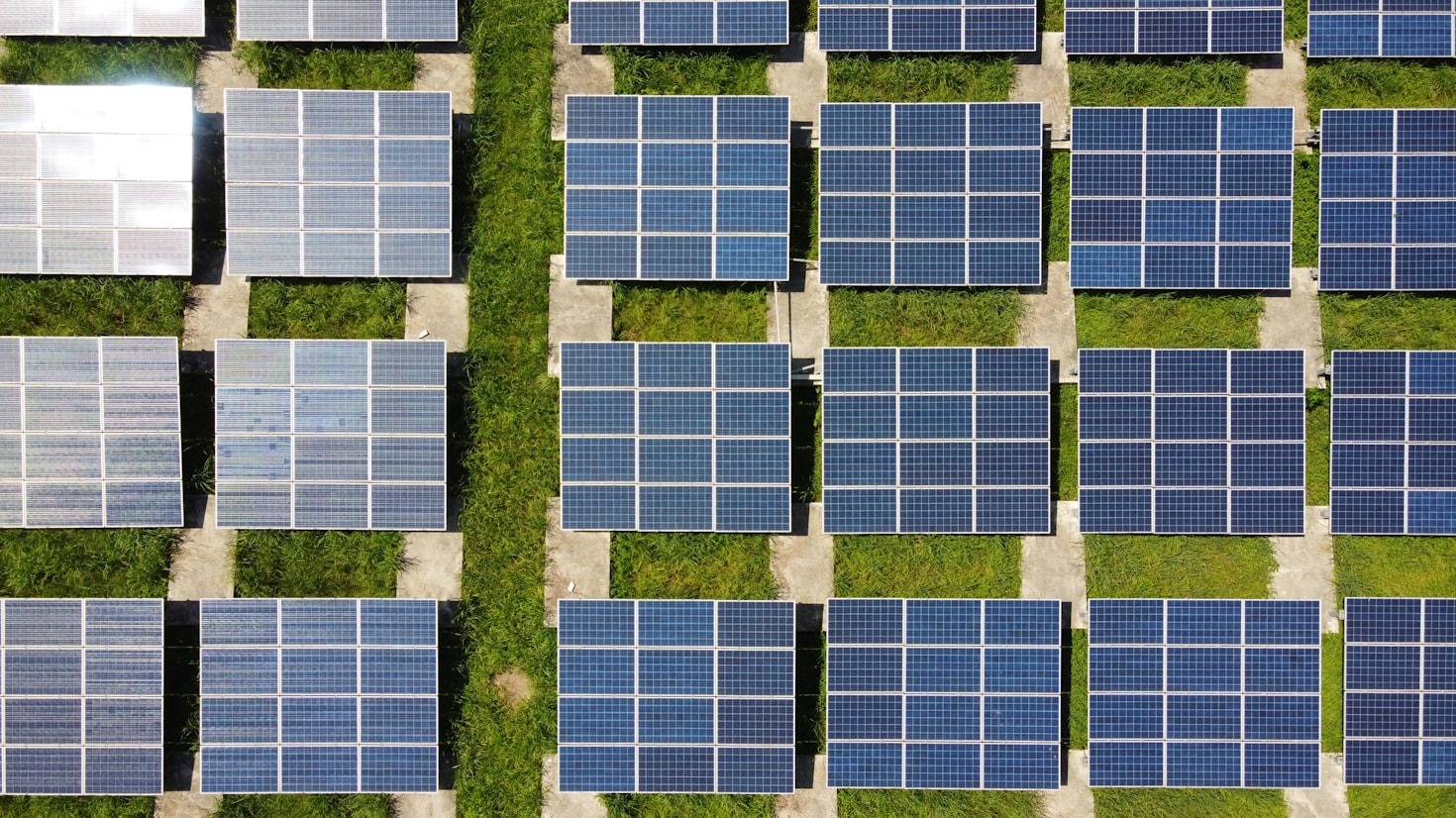As the world continues to embrace renewable energy, solar power has become one of the most accessible and sustainable options for homes and businesses alike. But installing solar panels is just the beginning — to truly benefit, you need to ensure your system operates at peak efficiency. Here’s how to maximize your solar energy output and make every ray of sunlight count.
- Choose the Right Solar Panels
Not all solar panels are created equal. Efficiency varies based on the materials and technology used. Monocrystalline panels, though more expensive, typically offer the highest efficiency rates, making them ideal for limited roof space. Polycrystalline panels are more affordable but slightly less efficient. For specialized applications, thin-film panels can be a flexible and lightweight alternative.
Tip: Compare efficiency ratings before purchase — higher percentages mean more power from the same sunlight exposure.
- Optimize Panel Placement and Angle
Even the most efficient panels won’t perform well if they’re not positioned correctly. The orientation and tilt angle directly impact how much sunlight the panels receive throughout the day.
- In the Northern Hemisphere, panels should face south for maximum exposure.
- Adjust the angle of your panels based on your latitude — steeper in winter, flatter in summer.
If you have shading from trees or nearby buildings, consider using microinverters or power optimizers to minimize the impact of partial shading on your overall system performance.
- Keep Your Panels Clean
Dirt, dust, bird droppings, and leaves can block sunlight and reduce efficiency by up to 20%. Regular cleaning — at least twice a year — helps maintain performance. Use a soft brush or sponge with mild soap and water, and avoid harsh chemicals or high-pressure washers that could damage the panels.
Pro Tip: If you live in an area with frequent rain, natural cleaning may reduce maintenance needs, but an annual professional inspection is still recommended.
- Invest in Energy Storage
Adding a solar battery system lets you store excess energy generated during the day for use at night or during power outages. This maximizes your solar investment and reduces reliance on the grid.
Modern batteries, such as lithium-ion models, offer high efficiency, long lifespan, and quick charge-discharge cycles.
Bonus: Energy storage also helps you take advantage of time-of-use (TOU) electricity rates, using stored solar energy when utility prices peak.
- Monitor Your System’s Performance
Smart monitoring systems track real-time energy production and consumption. By reviewing performance data, you can spot issues early — such as shading, inverter faults, or declining panel output.
Many manufacturers offer apps and dashboards that show how much energy your system produces daily, weekly, or monthly. This insight allows you to adjust your energy usage habits for maximum efficiency.
- Pair Solar with Energy-Efficient Habits
Solar power works best when paired with smart energy practices. Use LED lighting, energy-efficient appliances, and proper insulation to reduce waste. Running high-consumption devices like washing machines or electric cars during daylight hours can also optimize the use of your solar-generated electricity.


7. Regular Maintenance and Professional Checkups
Annual inspections by a certified technician ensure your entire solar system — panels, inverters, and wiring — remains in top condition. Small issues like loose connections or inverter errors can significantly affect performance if left unchecked.
Wrapping Up with Key Insights
Maximizing your solar energy efficiency is about more than just technology — it’s about strategy, maintenance, and smart energy use. By choosing high-quality components, optimizing setup, and staying proactive with monitoring and maintenance, you can ensure that your solar investment delivers the best possible return — for both your wallet and the planet.
Harness the full power of the sun — because every ray counts.


Leave a Reply